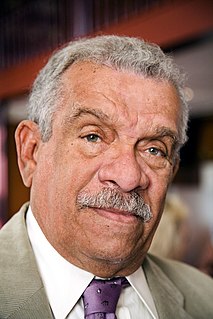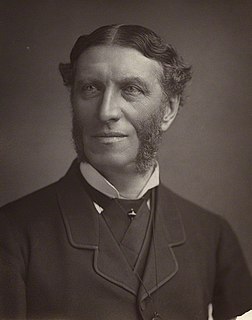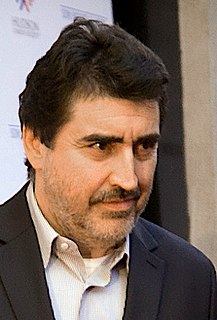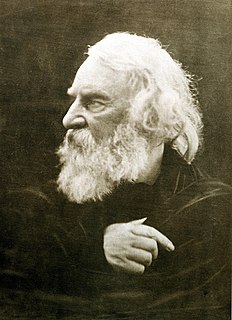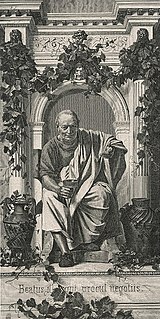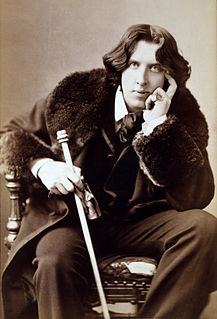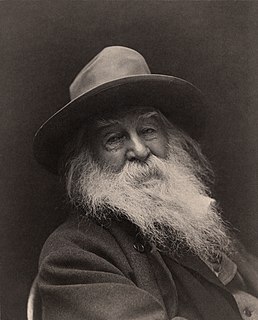A Quote by Derek Walcott
As much as I like teaching and students, it's a kind of rigor, a discipline, that's against my body.
Related Quotes
I've always loved teaching acting. I think it helps me to kind of get back to basics. It's like a refresher course for me as well, so in a sense, I'm hopefully learning as much as my students are - or at least discovering or re-discovering as much as they are. I find that when I teach, I'm reminded of my own sort of failings. I'm reminded of where I sometimes keep going wrong.
Be light-hearted, light-footed. Be of light step. Don't carry religion like a burden. And don't expect religion to be a teaching; it is not. It is certainly a discipline, but not a teaching at all. Teaching has to be imposed upon you from the outside and teaching can only reach to your mind, never to your heart, and never, never to the very center of your being. Teaching remains intellectual. It is an answer to human curiosity, and curiosity is not a true search.
Teaching, like any truly human activity, emerges from one's inwardness, for better or worse. As I teach I project the condition of my soul onto my students, my subject, and our way of being together. The entanglements I experience in the classroom are often no more or less than the convolutions of my inner life. Viewed from this angle, teaching holds a mirror to the soul. If I am willing to look in that mirror and not run from what I see, I have a chance to gain self-knowledge-and knowing myself is as crucial to good teaching as knowing my students and my subject.
I am relieved that, in my own teaching, I don't have to moderate between high stake teaching and education for the virtues. If I did, I would give students the tools to take the tests but not spend an inordinate amount of time on test prep nor on 'teaching to the test.' If the students, or their parents, want drill in testing, they'd have to go elsewhere. As a professional, my most important obligation is to teach the topic, skills, and methods in ways that I feel are intellectually legitimate.
Much like teaching art to young art students age 10 to 15 or so on, you have to break it down into bite-sized pieces, essential components. You have to - you know, at this point I'm so used to operating within given assumptions about art. But when you're explaining art to art students or people who are new to this experience, you have to really go back to the fundamentals.
It makes little sense to spend a month teaching decimal fractions to fourth-grade pupils when they can be taught in a week, and better understood and retained, by sixth-grade students. Child-centeredness does not mean lack of rigor or standards; it does mean finding the best match between curricula and children's developing interests and abilities.
